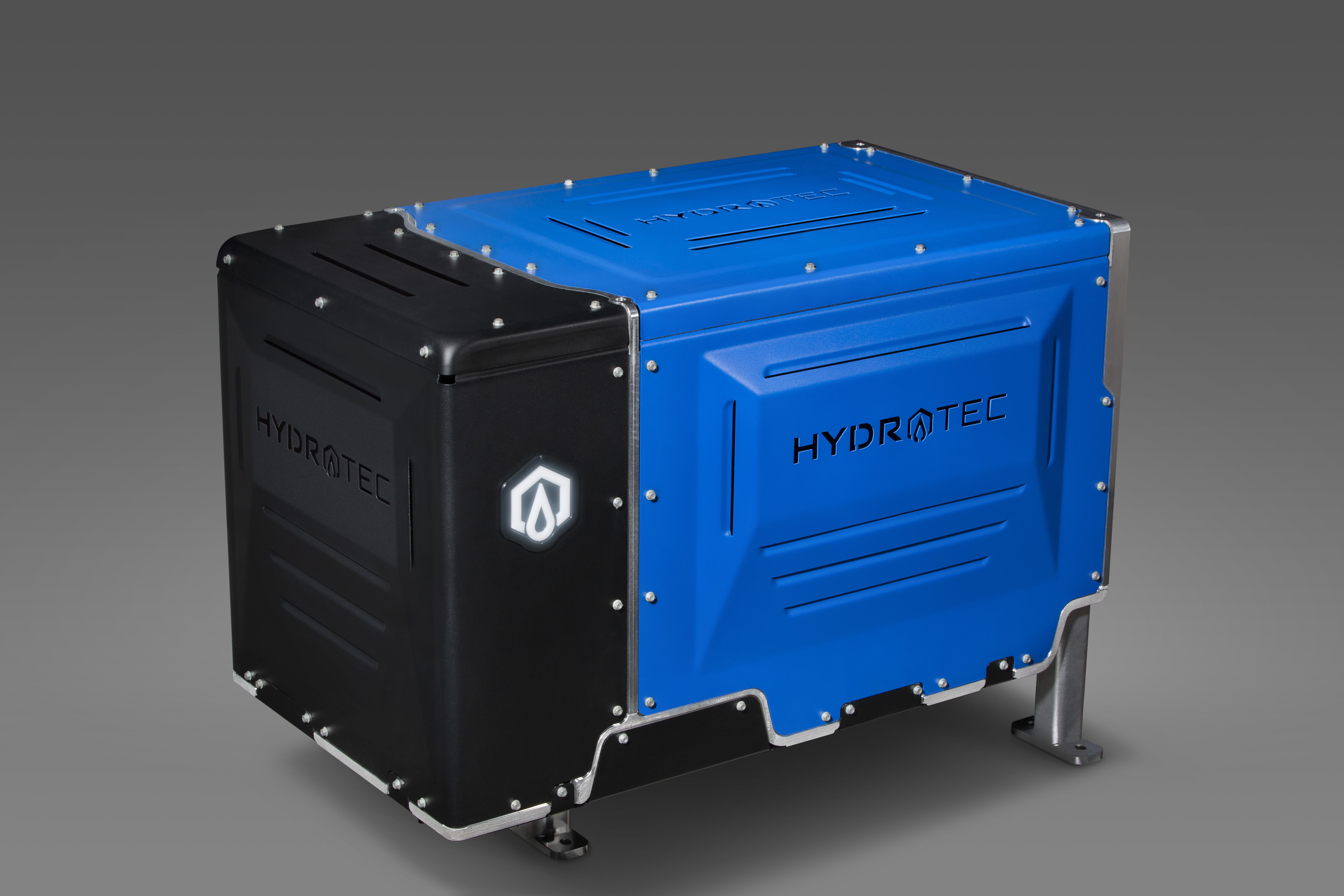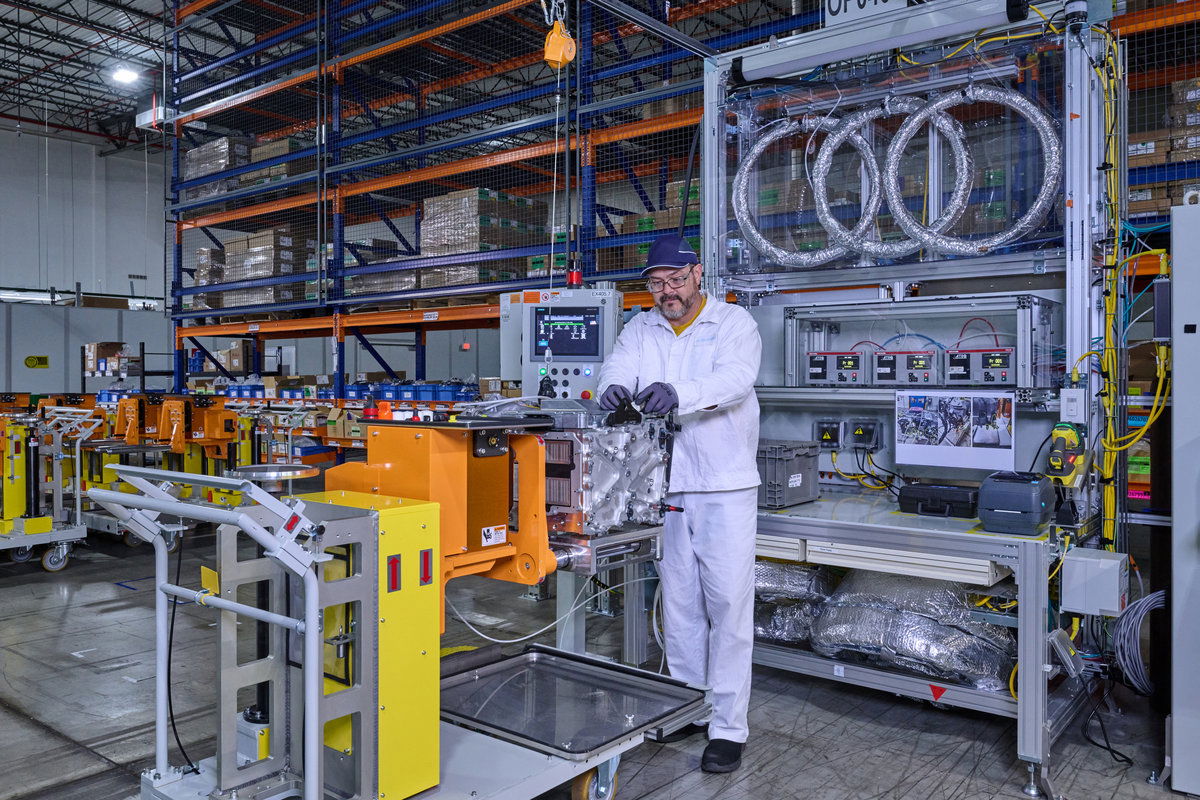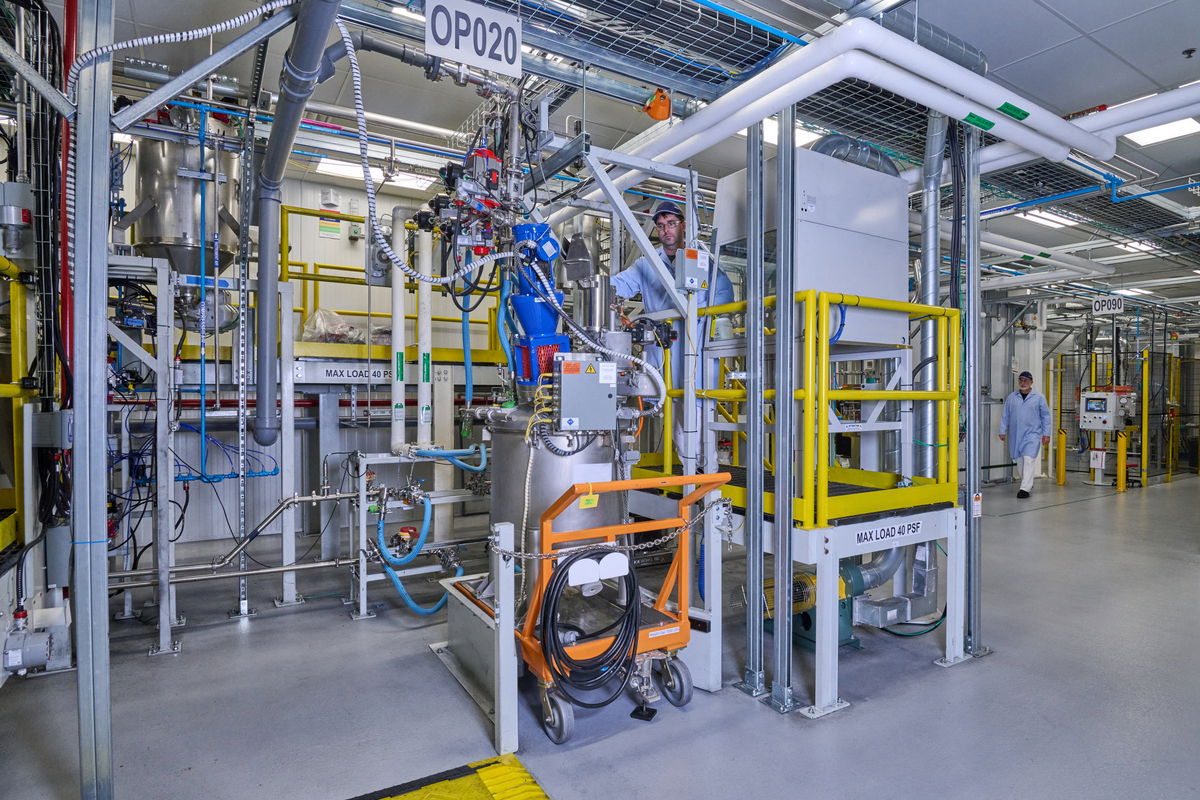- GM and Honda's joint venture, FCSM, marks a historic leap in large-scale production of hydrogen fuel cell systems, paving the way for sustainable transportation solutions globally.
- The collaboration between GM and Autocar Industries focuses on creating zero tailpipe emissions vocational vehicles using GM's HYDROTEC power cubes, addressing heavy-duty applications with enhanced range, payload, and rapid refueling.
- Honda's Triple Action to Zero approach outlines its commitment to achieving carbon neutrality by 2050, leveraging its new fuel cell system across FCEVs, commercial vehicles, stationary power stations, and construction machinery.
- The partnership's dedication to cost reduction, quality, and manufacturing efficiency at FCSM showcases a pivotal step in making hydrogen fuel cell systems economically viable, influencing the broader automotive industry and contributing to a greener future.
In an unprecedented leap forward for the future of sustainable transportation, industry giants General Motors and Honda have marked a historic milestone with the initiation of operations at their joint Fuel Cell System Manufacturing LLC (FCSM) venture.
This novel partnership heralds the first-ever large-scale production endeavor aimed at developing hydrogen fuel cell systems, a move that could significantly shape the trajectory of clean energy usage across the globe.
See also: How Hypercar Technology Is Revolutionizing the Automotive Industry
GM's HYDROTEC And Honda's Triple Action to Zero

GM's HYDROTEC fuel cell power cubes
Both GM and Honda are staunch advocates for hydrogen and fuel cell technology as a cornerstone in fulfilling a diverse array of zero-emission energy and mobility requirements.
The companies have shared insights into their respective hydrogen strategies, outlining how they plan to integrate these cutting-edge systems into their future product lines and business models.
General Motors (GM) and Autocar Industries, LLC, entered a joint development agreement in December 2023 to produce zero tailpipe emissions vocational vehicles using GM's HYDROTEC power cubes.
These fuel cells are integral to GM's broader electrification strategy, offering solutions for heavy-duty applications with benefits such as excellent range, payload capacity, quiet operation, and rapid refueling.
The first vehicles are set to roll off the production line in 2026, targeting diverse industries like freight trucking, aerospace, locomotives, and power generation. In parallel, Honda has outlined its commitment to hydrogen fuel cell technology as part of its strategy to achieve carbon neutrality by 2050.
Collaborating with GM, Honda has initiated mass production of its new fuel cell system at the Fuel Cell System Manufacturing LLC joint venture in Michigan. This system, co-developed over a decade, boasts enhanced performance, doubled durability, and reduced costs compared to previous generations.
Honda's "Triple Action to Zero" approach involves achieving carbon neutrality for its products and corporate activities, promoting resource circulation using sustainable materials, and leveraging clean, renewable energy, including hydrogen. The company envisions applying its new fuel cell system not only to fuel cell electric vehicles (FCEVs) but also to commercial vehicles, stationary power stations, and construction machinery.
Honda plans to launch the all-new CR-V FCEV this year, manufactured in Ohio, and is actively involved in developing a zero-emissions fuel cell-powered heavy-duty truck in collaboration with Isuzu Motors.
The company is also exploring the use of fuel cell technology in construction equipment and stationary fuel cell power stations. Moreover, Honda is dedicated to establishing hydrogen ecosystems globally, supporting hydrogen station networks, and participating in hydrogen generation projects.
The company is even exploring applications of hydrogen technologies in outer space, conducting advanced research and development in collaboration with the Japan Aerospace Exploration Agency (JAXA) for potential use in lunar rovers and creating a circulative renewable energy system.
See also: Don't Force People To Buy Electric Cars - Akio Toyoda
A Groundbreaking Partnership For Zero Tailpipe Emissions

Nestled in Brownstown, Michigan, FCSM sprang into existence with an $85 million investment, showcasing the collaborative spirit of GM and Honda in January 2017.
The 70,000-square-foot manufacturing hub not only serves as a testament to innovation but also has become a beacon of economic growth, adding 80 new jobs to the local economy.
The hydrogen fuel cell systems crafted within this facility are poised to revolutionize the product line-ups of both automakers, promising a greener footprint for a range of applications and business models.
FCSM president Suheb Haq, speaking on this momentous occasion, emphasized the significance of the venture: “Today marks a watershed moment for the automotive sector as we witness the first full fuel cell system manufacturing joint venture to commence mass production.
Our integrated approach, handling everything from raw materials for the membrane and electrode to the completion of full systems, reflects the sustained investment and dedication of both GM and Honda. Our collective goal at FCSM is to produce high-quality, resilient, and cost-effective hydrogen fuel cell systems for diverse applications and clientele.”
The synergy between the two automotive leaders has resulted in a production system that embodies the best of both worlds.
Tetsuo Suzuki, FCSM's vice president, highlighted the joint venture's ethos, stating,“By combining Honda's and GM's strengths, we've established the most adept production system within this partnership. Our mass production philosophy, paired with meticulous attention to quality, positions us to cater to the burgeoning demand for fuel cell technology that will usher in the hydrogen economy.”
The fruits of this collaboration began to take shape in 2013 when GM and Honda engineers embarked on the joint development of a new generation of fuel cell systems.
The partnership has since achieved remarkable advancements, including a doubling of durability over the 2019 Honda Clarity Fuel Cell, largely attributable to the use of corrosion-resistant materials and enhancements in low-temperature performance.The quest to render fuel cell systems more economically viable has been central to this collaboration.
By exploiting economies of scale, refining cell design, streamlining auxiliary components, engaging in common sourcing strategies, and minimizing the use of expensive precious metals, the companies have managed to reduce production costs of the new fuel cell systems by a third relative to those in the 2019 Honda Clarity Fuel Cell.
FCSM has not only focused on cost reduction but also on ensuring peerless quality and manufacturing efficiency. The venture employs groundbreaking automation techniques for membrane-electrode-assembly production and fuel cell stack assembly.
The convergence of GM and Honda's engineering prowess and intellectual property at FCSM has paved the way for the creation of commercially viable hydrogen fuel cell systems, which promise a gamut of zero-emission propulsion and energy solutions.
See also: Stellantis To Build Electric Aircraft By 2025
Accelerating Toward A Zero-Emission Future

General Motors has woven hydrogen fuel cell technology into the fabric of its vision for a world of zero crashes, zero emissions, and zero congestion. GM's dedication to an all-electric future is embodied in its ambitious plans to launch 30 new electric vehicles globally by 2025.
Hydrogen fuel cells play a crucial role in this strategy, offering high energy density and fast refueling capabilities, making them ideal for larger vehicles such as trucks and SUVs, as well as commercial and heavy-duty applications where battery-electric solutions may not be as practical.
On the other hand, Honda's approach to integrating hydrogen fuel cell technology is equally forward-thinking. To achieve carbon neutrality by 2050, Honda views fuel cells as an essential piece of the puzzle, particularly for long-range transportation and in markets where renewable energy and hydrogen can be produced sustainably.
The company continues to explore the potential of fuel cells in various sectors including passenger vehicles, commercial trucks, and even stationary power sources.
Innovating For Sustainability And Economy

The shared venture of GM and Honda at FCSM is not just about producing fuel cells; it's about innovating for a sustainable future. By pooling their resources and expertise, these industry leaders are overcoming some of the biggest challenges faced by hydrogen fuel cell technology, such as reducing the cost and improving the efficiency and durability of these systems.
The advancements made at FCSM are expected to ripple across the automotive industry and beyond. As the cost of fuel cell production declines, it becomes a more viable option for a wider range of applications.
This could lead to an increase in the adoption of hydrogen-powered vehicles, reducing reliance on fossil fuels and cutting greenhouse gas emissions. Moreover, the implications of FCSM's achievements extend beyond the automotive sector.
Hydrogen fuel cells have the potential to be utilized in various other industries, including aerospace, maritime, and rail, further contributing to the decarbonization of the global economy.
A Commitment to Collaboration And Innovation

The partnership between GM and Honda at FCSM is exemplary of how collaboration can lead to greater innovation and faster progress toward common goals.
This joint venture is a model for the industry, demonstrating that when companies come together, the path to a cleaner, more sustainable future becomes clearer and more attainable. The world watches with anticipation as FCSM begins to scale up production.
The pioneering work done by the teams at GM and Honda could very well be the catalyst needed to transform the energy landscape and make hydrogen a cornerstone of global energy and transportation infrastructures.